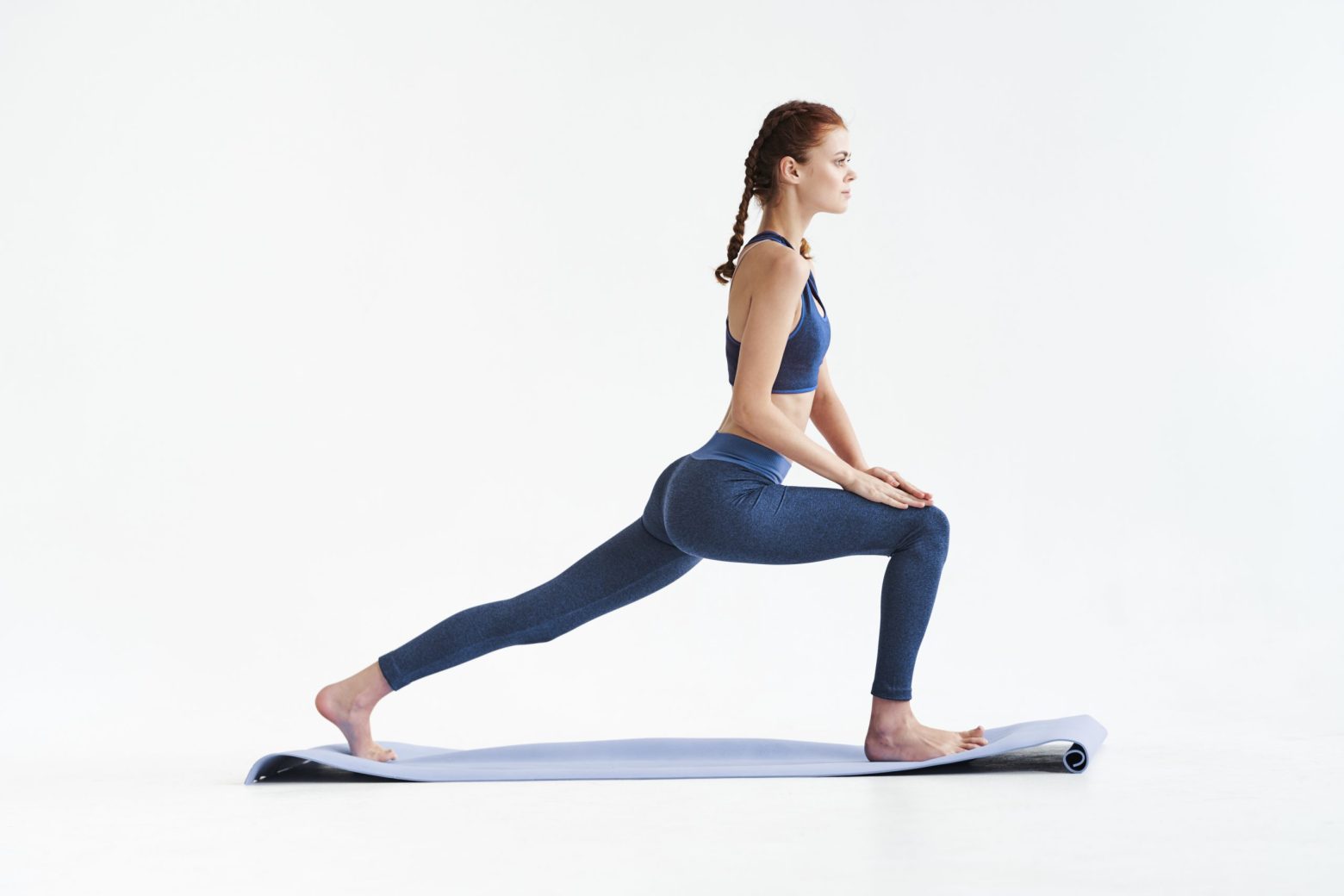The upper back consists of a multitude of muscles including the trapezius, rhomboids, rear delts, teres major and minor, and the levator scapulae. These are the major movers of the scapula and shoulders. These muscles are also associated with posture. The back muscles work in opposition to the core; they keep the spine upright and the shoulders pulled back.
https://www.lorpt.com/blog/shoulder-pain-upper-back
The upper back is a common weak point for clients, especially those who have a desk job. Hunching over a desk can cause the chest muscles to become tight. This pulls the shoulders forward, triggering a relaxation and disengagement of the upper back muscles. This rounded posture can cause compression of the spine and eventually lead to back pain. In extreme cases, a rounding curvature of the spine is known as Kyphosis.
Kyphosis is a common condition associated with the upper back. Weak deep back muscles and a tight chest can cause an exaggerated rounding and curvature of the upper spine. Fortunately, kyphosis can be fixed with a corrective weight training and stretching routine. As we get older, strengthening the upper back muscles becomes more important. Discs in the spine shrink in height and posture tends to become hunched. Poor posture and shrinking discs can lead to chronic back pain. Think about the little old lady that lives down the street. She struggles to walk down her driveway to get the mail. One hand on her lower back, she shuffles in pain. Unfortunately, this is the reality for a good percentage of the aging population. With proper instruction, these ailments can be reversed, examples listed below.
A great exercise to strengthen the rhomboids is a banded rhomboid row. Start by grabbing a light to moderate resistance exercise band. Secure it at about chest height and grab the handles at a 45 degree angle. From here drive the elbows back while squeezing the shoulder blades together. Click the link below for a video of Dan Melita explaining the proper form and positioning of this exercise.
Improve your posture by strengthening your Rhomboids with bands.
The lower trapezius cable pull is another exercise for strengthening the middle back. Start with the cables at the highest position. Cross the cables and grip with the palms facing upwards. Pull the cables with straight arms, focusing on pinching the shoulder blades low. Maintain external rotation of the humeral joint by pointing the thumbs back. The link below demonstrates and explains this exercise.
How to exercise and target your Lower Traps with a Cable system.
The doorway stretch is a common and easy stretch for the chest muscles. Begin by placing the forearm on the edge of a doorway with the elbow at shoulder height. Lean forward until you can feel a stretch. Raise the elbow two inches higher and lower to get deeper into the anterior deltoids and pectoralis minor/major. By maintaining a strong upper back and stretching the chest, proper posture can be maintained.
Written by Hannah Cochran


